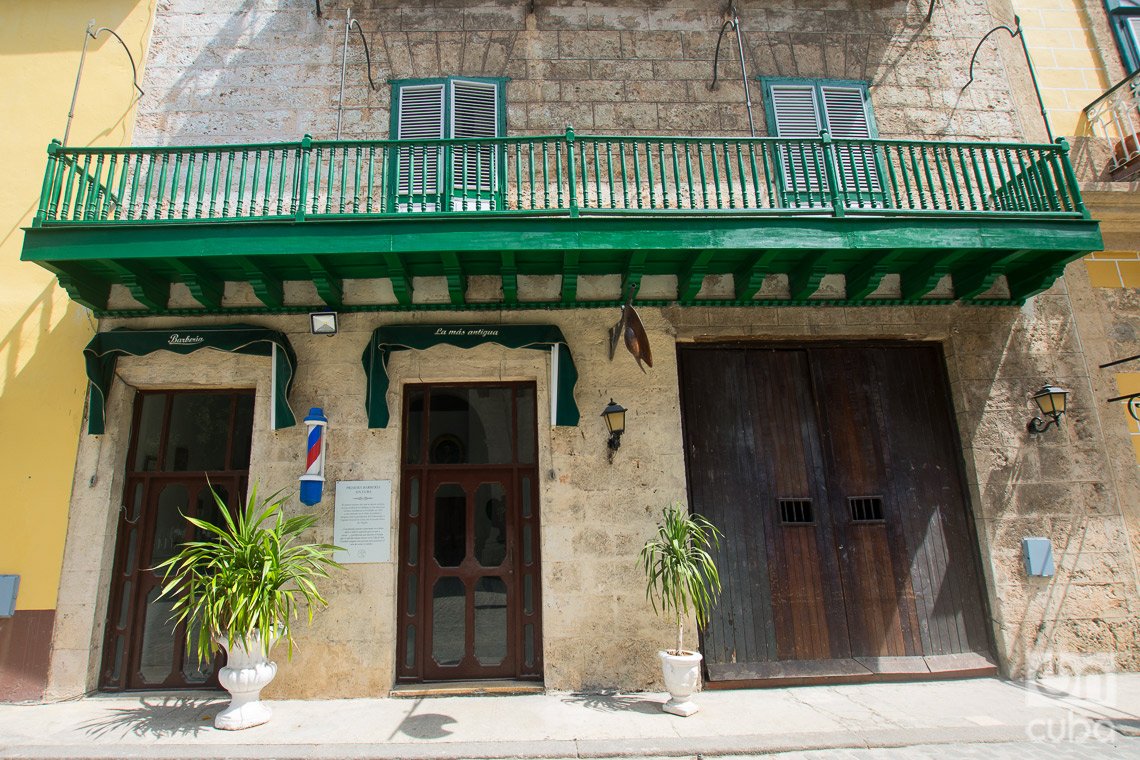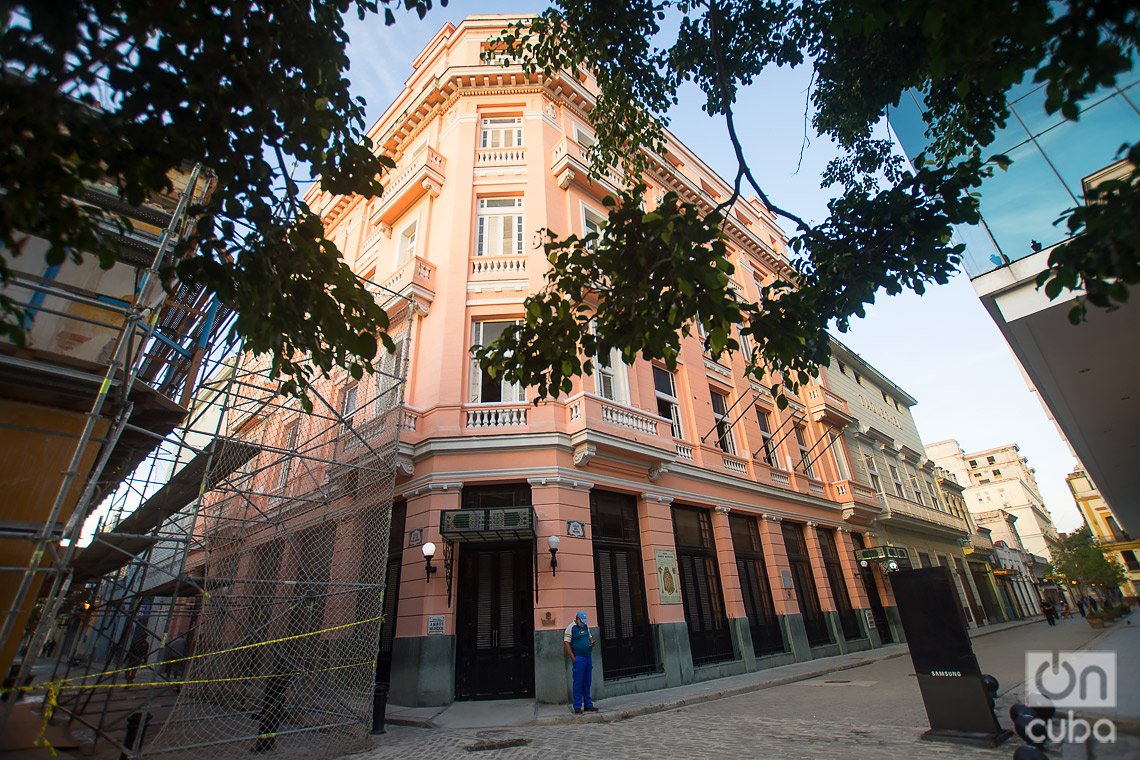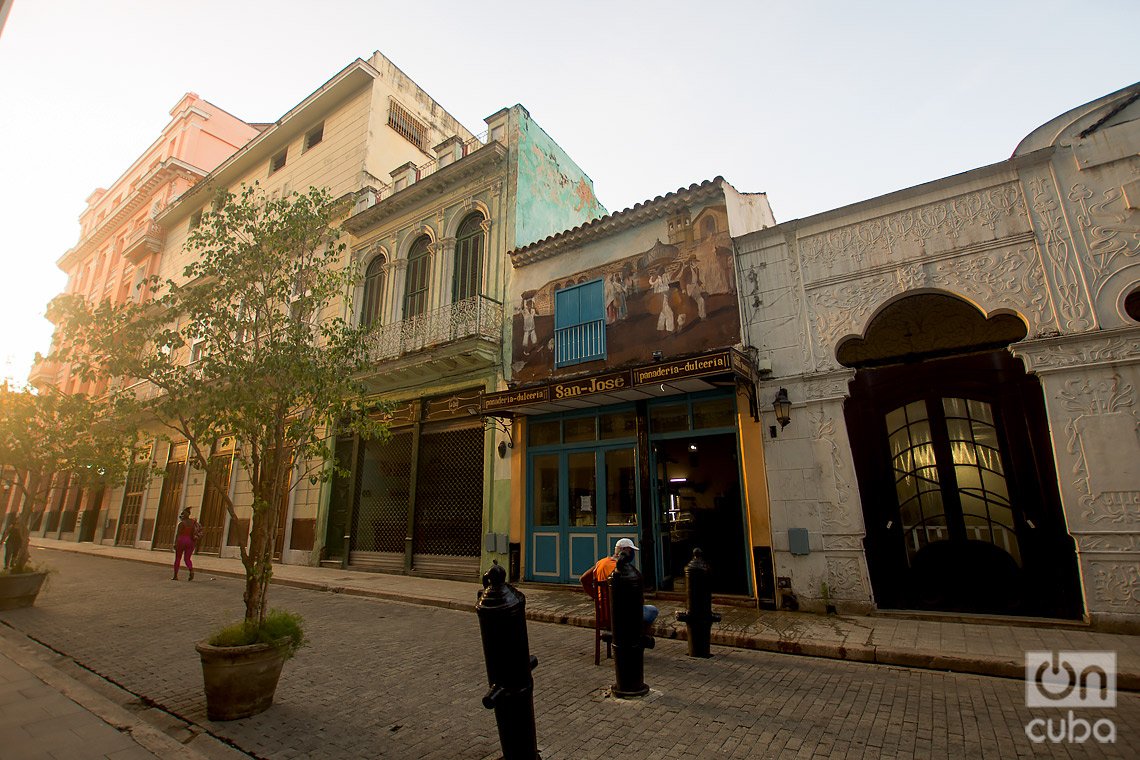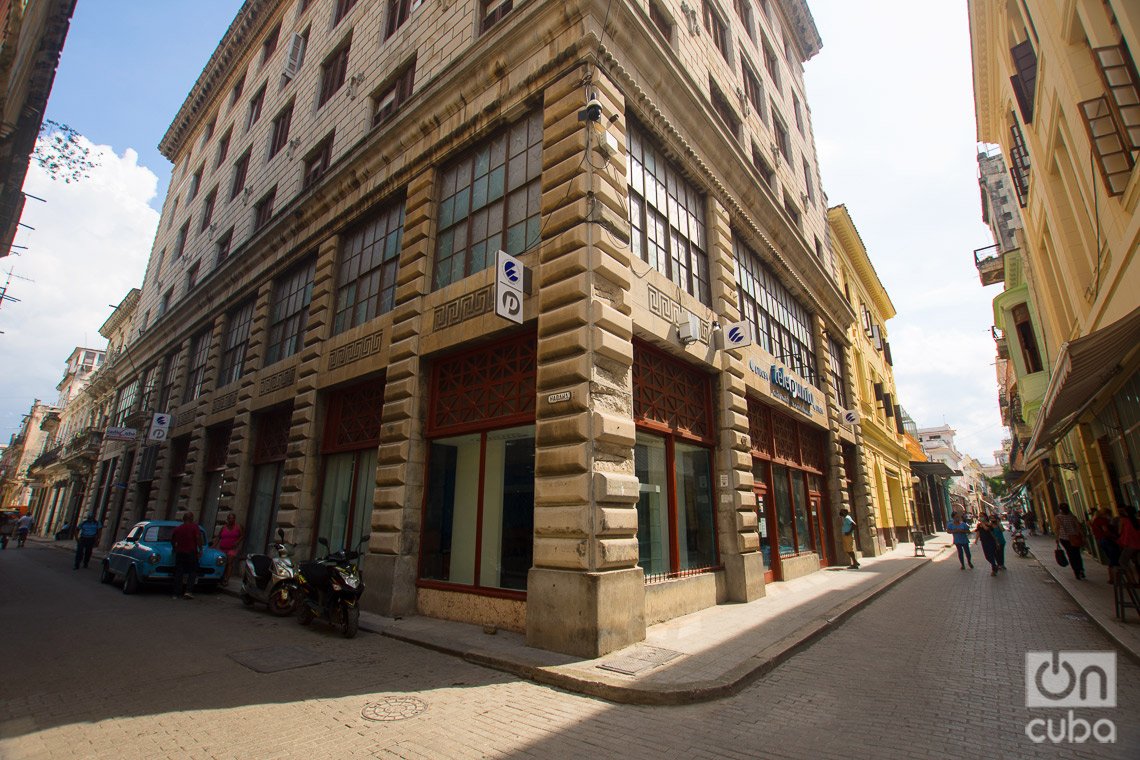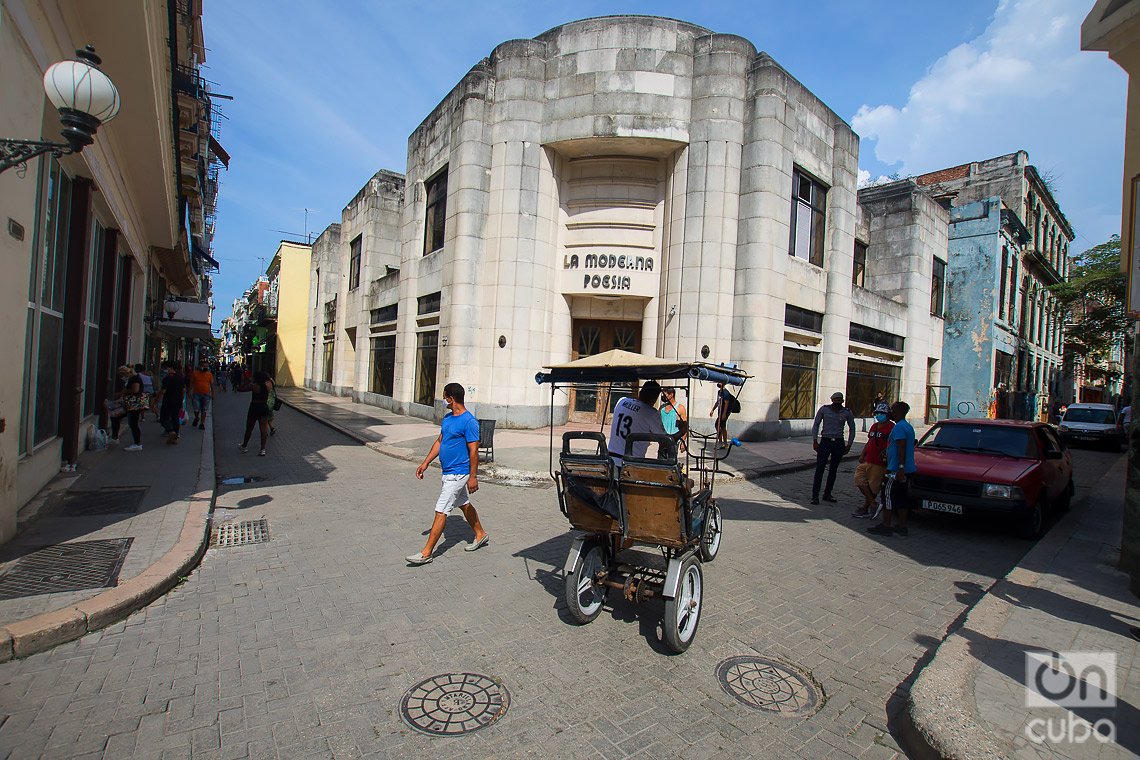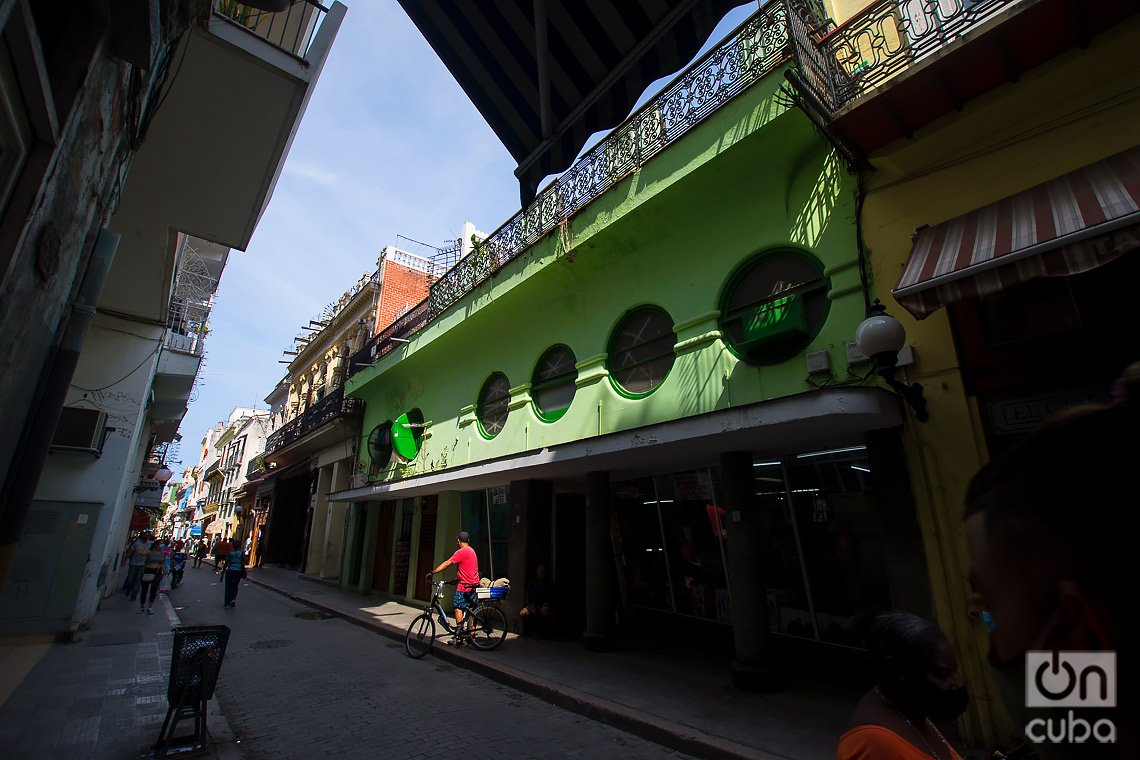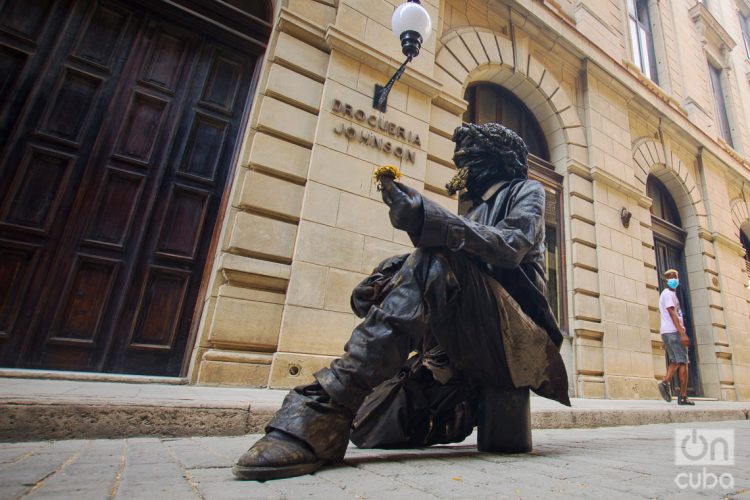Obispo Street is one of the oldest in Havana. Its origins date back to the 16th century, with the founding of the former township of San Cristóbal. Located in Old Havana, it stretches from Monserrate Street to the Plaza de Armas, a regular route for many Havanans and one of the favorites for tourists visiting the Cuban capital.
In its beginnings, this intramural street was surrounded by wooden huts with thatched roofs, but with the passage of time stone and concrete constructions were built in its surroundings until it became the street we now know.
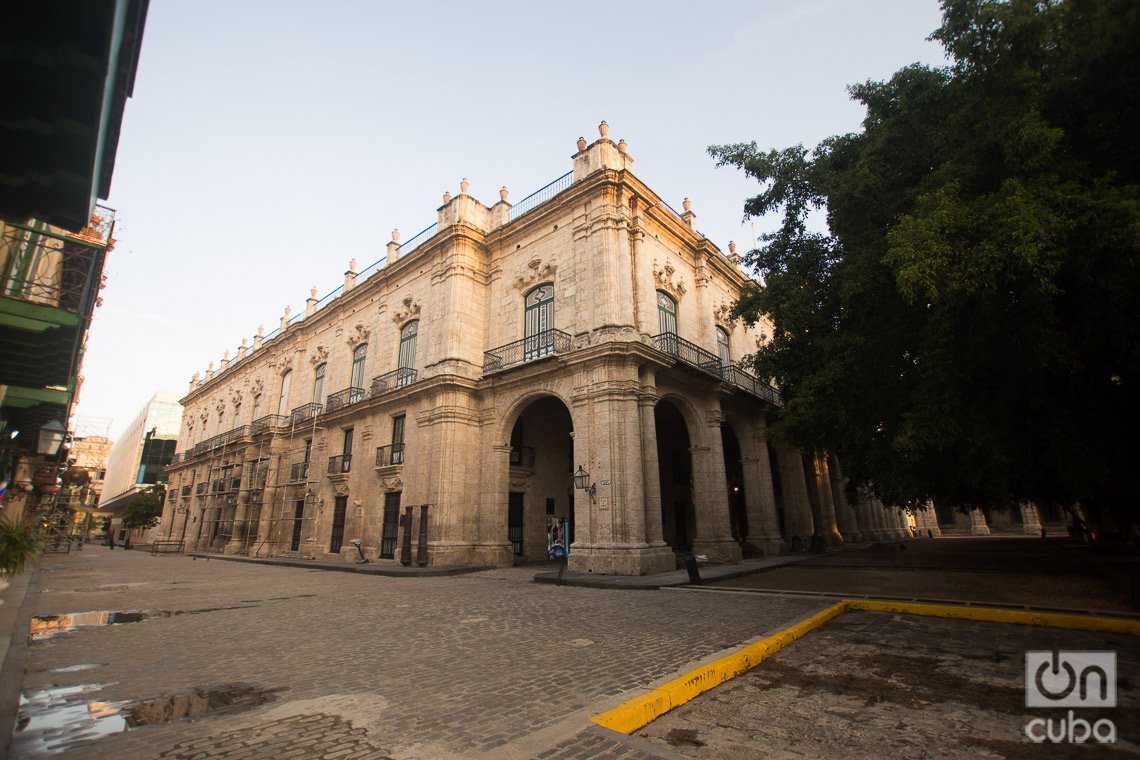
Obispo soon became a commercial artery, thanks to its proximity to the port and the existence of pharmacies, fashion houses, tailor’s shops, bars, cafes, pastry stores, opticians’, jewelry stores, bookstores and other very diverse establishments. Its privileged position and the prosperity of its businesses made it possible for it to be the pioneer of public lighting in the city. In addition, it housed the first photographic studio on the island, inaugurated on January 3, 1841, an idea that came from American daguerreotypist George W. Halsey.
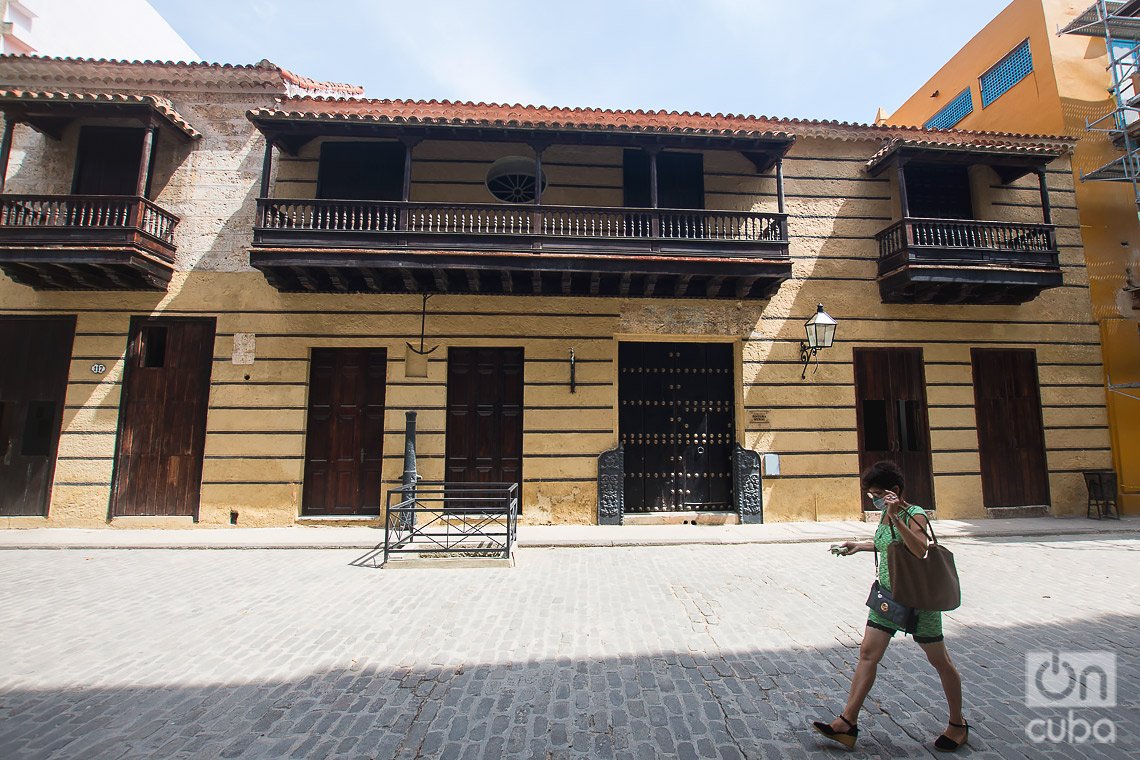
Over the years, like many other avenues in the city, this busy street has had various names. It is even said that it has had up to 47 names. Among the most important, Obispo or del Obispo Street stands out, because bishops Fray Jerónimo Lara and Pedro Agustín Morell de Santa Cruz lived there at different times and they traveled it frequently.
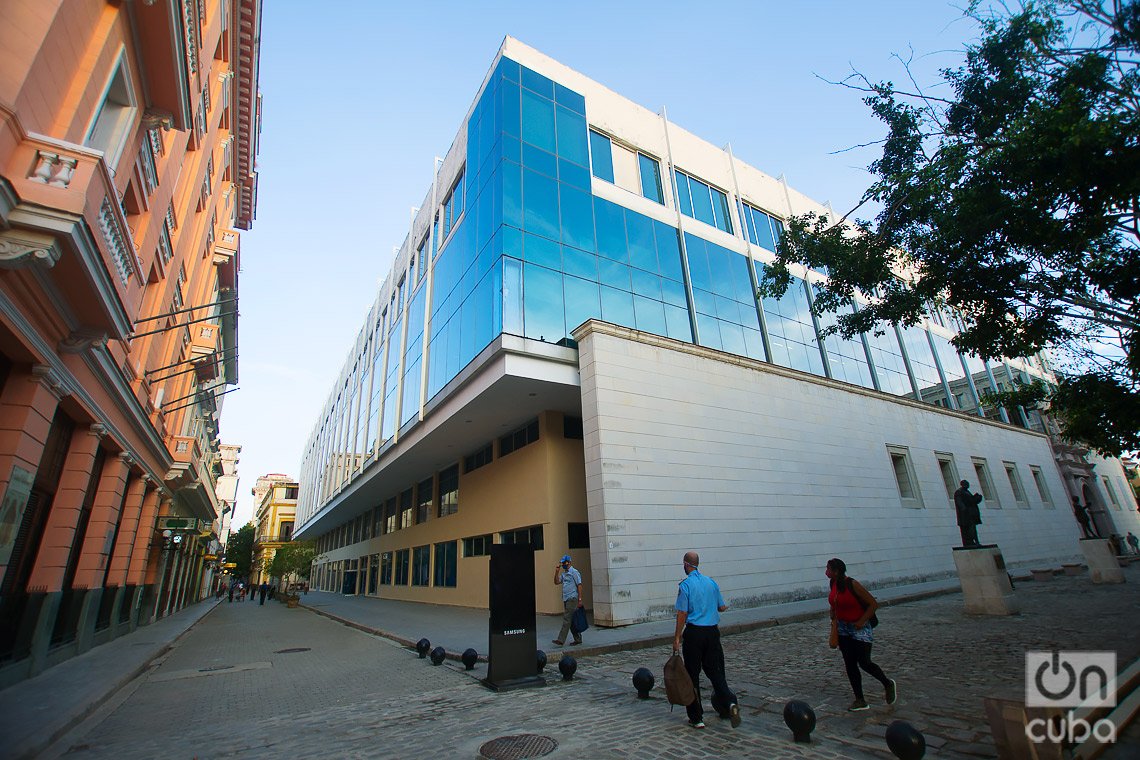
At another time it was known as San Juan, since it gave access to the San Juan de Letrán Church, and in 1897 it was officially named Weyler, for the infamous Spanish general who ruled Cuba, but a year later a popular revolt destroyed the identifiers. Later, in 1905, it was designated as Pi Margall, in honor of Catalonian philosopher and politician Francisco Pi y Margall, and later, in 1936, it again started being called Obispo.
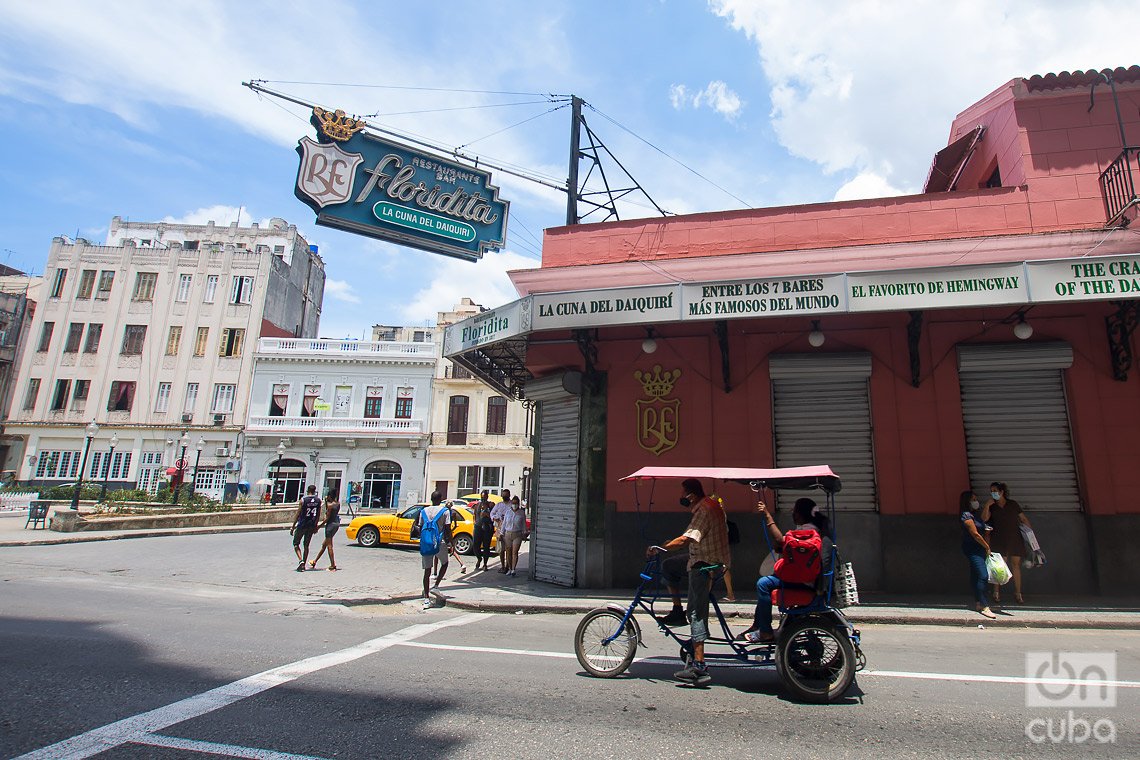
Obispo Boulevard begins at the intersection with Monserrate Street. Welcoming the traveler are the Plazuela de Albear and the Floridita Bar-Restaurant, the cradle of the daiquiri, world-famous for the preparation of this exquisite Cuban cocktail and for being one of the favorite places of U.S. writer Ernest Hemingway, Nobel Prize for Literature.

While touring it, it is possible to appreciate the constant coming and going of passers-by, have a refreshing drink, delight the ear with a traditional music group, buy a souvenir, enjoy the living statues, or simply contemplate the diversity of architectural styles of the buildings of this heterogeneous boulevard.
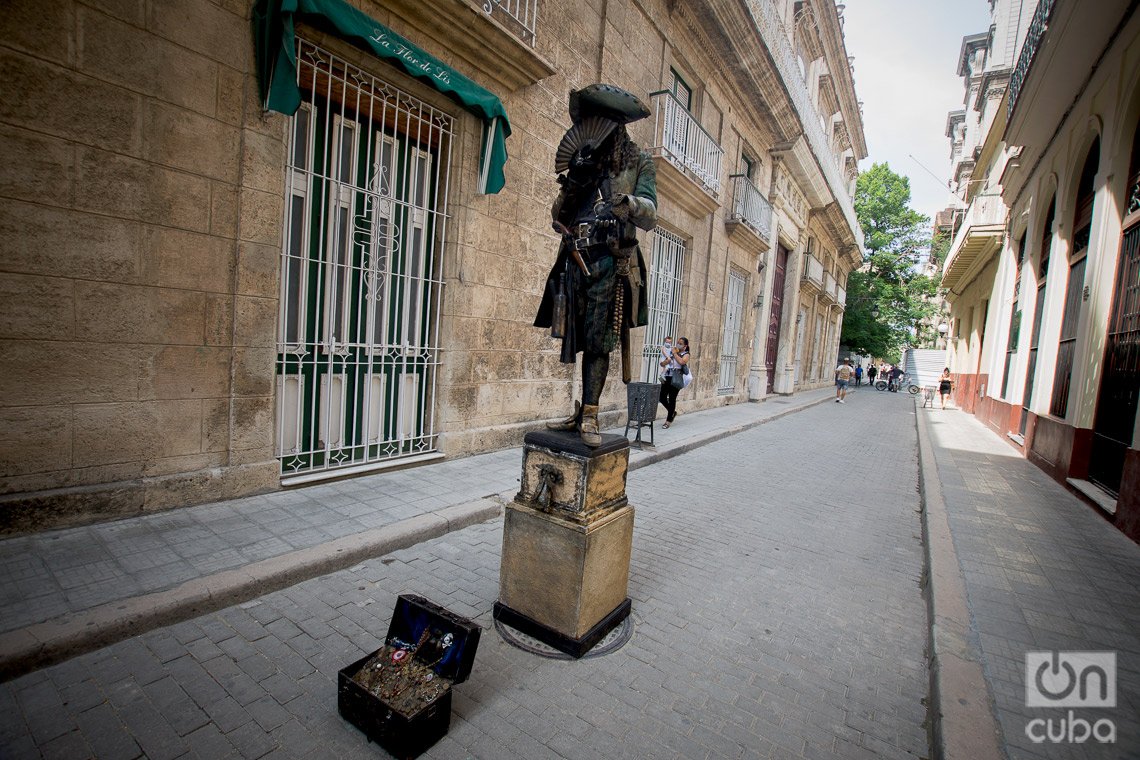
Among many of its attractive sites, the Ambos Mundos Hotel stands out, where Hemingway resided; it is even said that in his rooms he wrote the first chapters of the novel For Whom the Bell Tolls. Opposite is San Gerónimo University, the oldest in Cuba, and further on, the Palace of the Captains General, seat of the colonial government, and the Plaza de Armas, the heart of the once township of San Cristobal de La Habana

In addition, it is home to the Johnson Pharmacy, today converted into a museum with a very interesting collection of pharmaceutical relics; as well as the Numismatic Museum and the Natural Sciences Museum, among others.
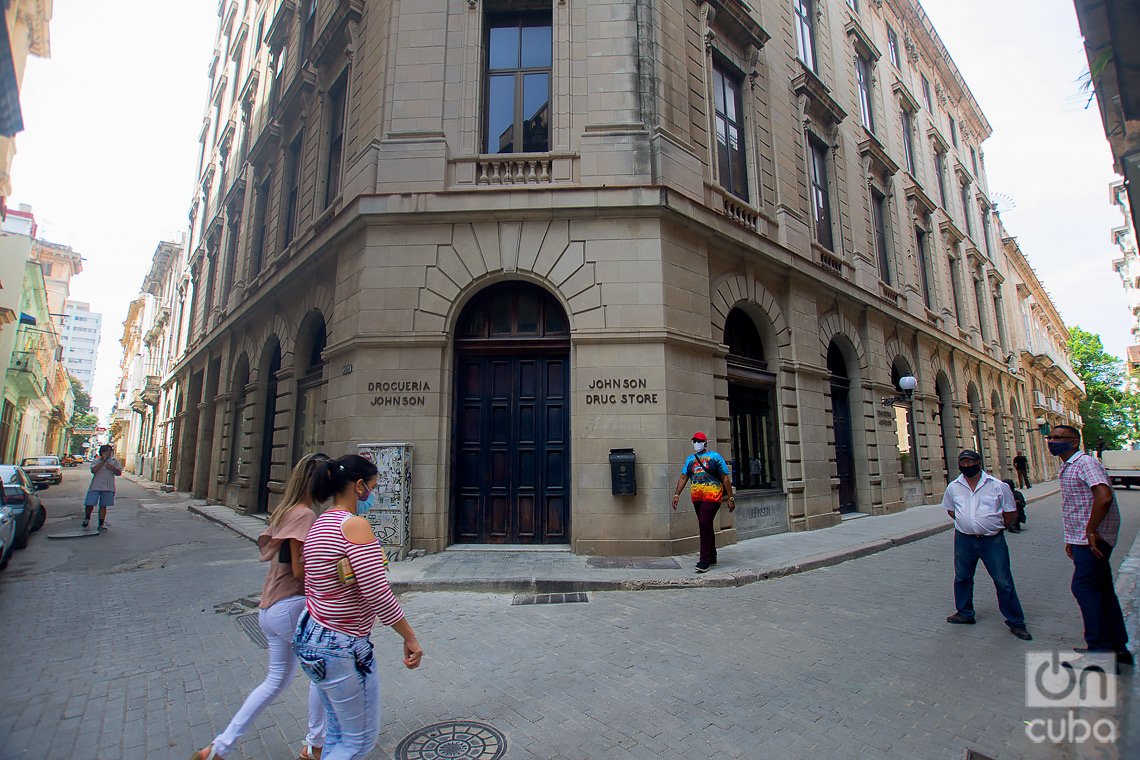
Very important personalities of Cuban history lived in this famous street in Havana, such as priest and philosopher Félix Varela, during the colonial period, and the revolutionary Julio Antonio Mella, during the 20th century. And it has also been the scene of many historical events and curious anecdotes.
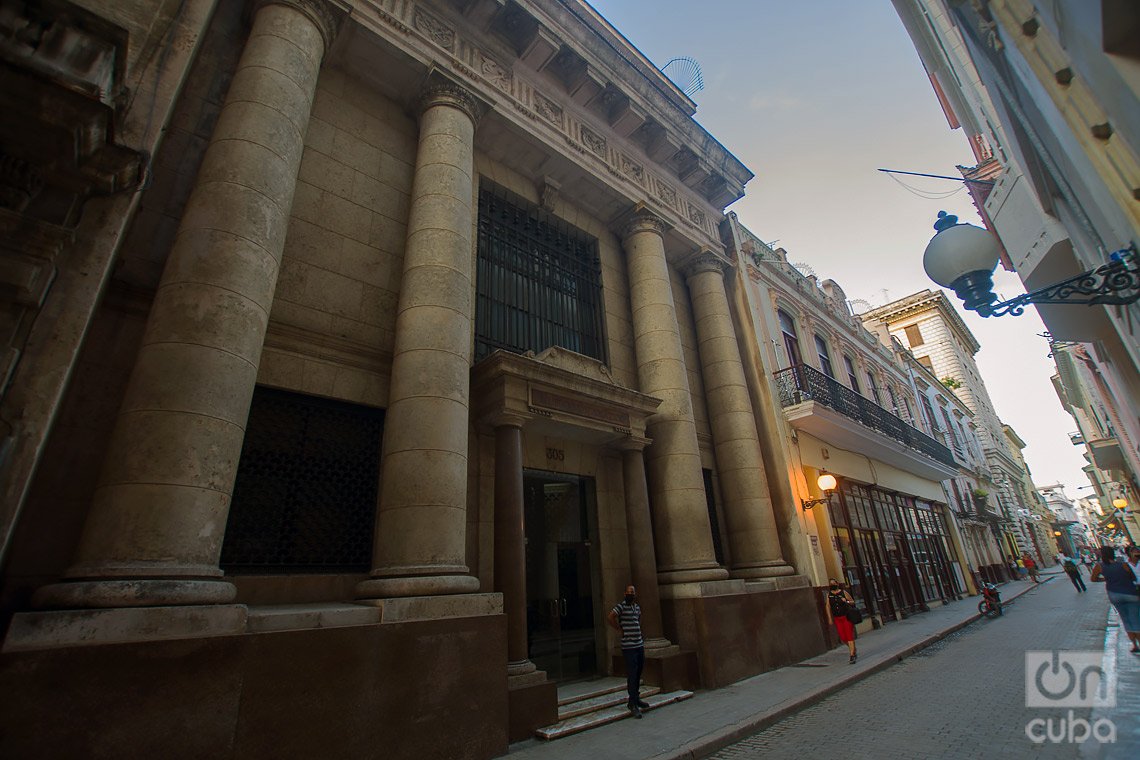
It is said that the famous American gangster Al Capone, during a trip to Havana, visited the luxurious Le Palais Royal jewelry store, located at 402 Obispo Street, where he bought three Patek Philippe wristwatches for a total of $6,000. One of the watches would be for him, the other for the head of his bodyguards, and the third for Rafael Guas Inclán, a well-known figure of the time in Cuba for being the president of the House of Representatives during the Gerardo Machado regime.

At present, Obispo Street is one of the most important in Cuba due to its historical, commercial, patrimonial and cultural character. In it, only pedestrian traffic is allowed, as confirmed by its tenacious cobblestones, while both state and private businesses converge, showing the visitor an interesting contrast of history, modernity, culture and tradition.
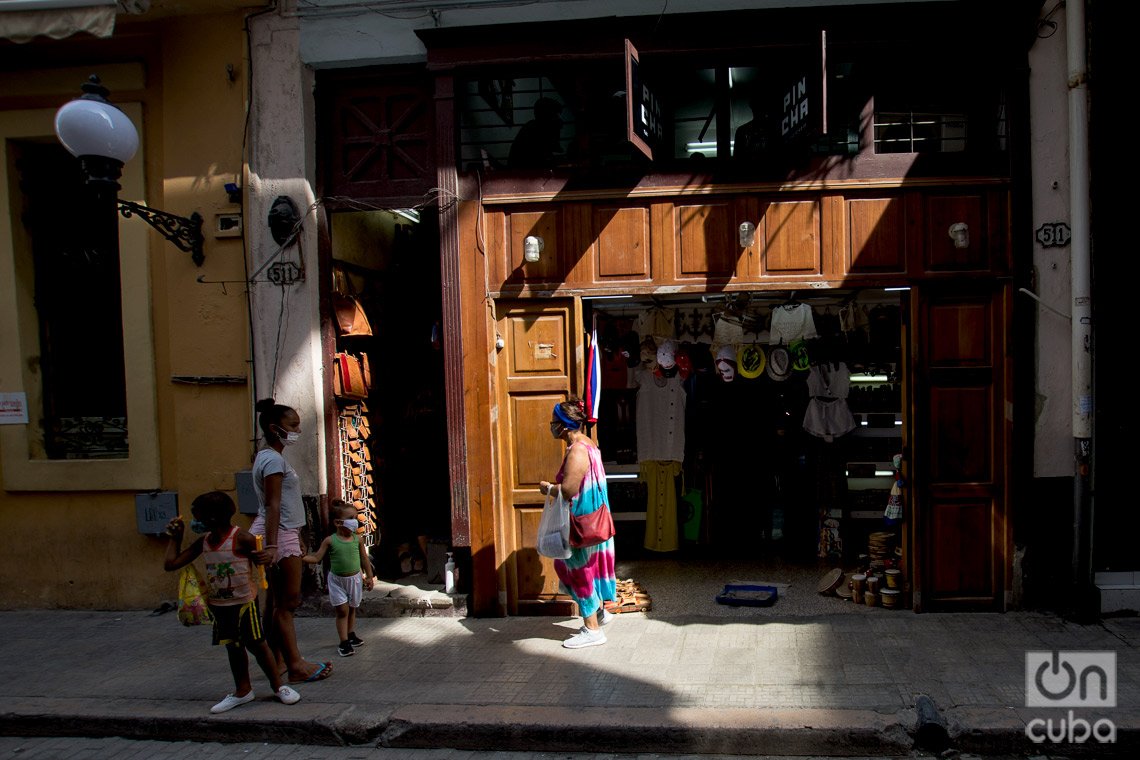
Even today, in times of pandemic, many maintain the custom of visiting its establishments and buying the products sold there. And although COVID-19 has notably reduced the traffic of foreign visitors, Obispo does not renounce its character as a tourist and commercial boulevard, waiting for better times.


